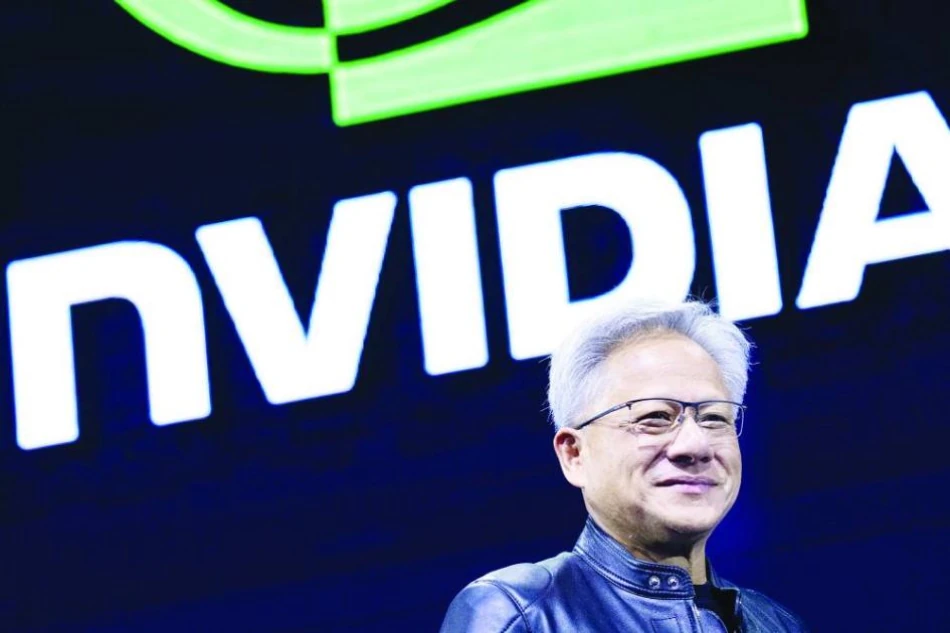
Nvidia and AMD Allocate 15% of China Chip Sales to US Government
US Extracts AI Chip Tax from Nvidia and AMD in China Export Deal
The Biden administration has struck an unprecedented revenue-sharing agreement with America's leading AI chipmakers, requiring Nvidia and AMD to pay 15% of their Chinese sales to the US Treasury in exchange for export licenses. This arrangement represents a novel approach to technology export controls that could generate over $1 billion in government revenue while maintaining American competitiveness in the world's largest semiconductor market.
The Revenue-Sharing Framework
Under the agreement, Nvidia will surrender 15% of revenues from its H20 AI accelerator sales in China, while AMD faces the same percentage on its MI308 chip revenues. The deal effectively transforms the US government into a silent partner in these companies' Chinese operations, creating a financial incentive for Washington to balance national security concerns with commercial interests.
Nvidia spokesperson confirmed the company's commitment to US export regulations, expressing hope that the new framework will allow American firms to compete effectively in China. The timing appears strategic, coming just days after Nvidia CEO Jensen Huang's meeting with President Trump, suggesting high-level coordination on this policy shift.
Financial Stakes and Market Impact
Nvidia's Billion-Dollar Opportunity
The numbers reveal the massive scale of potential revenue at stake. Nvidia generated $4.6 billion from H20 chip sales in the quarter ending April 27, before new restrictions blocked an additional $2.5 billion in planned shipments. If the company returns to its projected $7 billion quarterly run rate in China, the US Treasury would collect approximately $1 billion per quarter from Nvidia alone.
AMD's Growth Trajectory
Morgan Stanley estimates AMD could generate $3-5 billion in revenue for 2025 if restrictions are lifted, potentially adding hundreds of millions more to US government coffers. This represents a significant expansion from AMD's current China footprint, positioning the company to challenge Nvidia's dominance in the AI accelerator market.
Strategic Context and Global Implications
A New Model for Tech Export Controls
This revenue-sharing approach marks a departure from traditional binary export restrictions. Rather than simply blocking technology transfers, the US is monetizing them while maintaining oversight. The model could influence how other nations structure their own technology export policies, particularly as AI chips become increasingly central to economic competitiveness.
Chinese Competition Intensifies
The urgency behind this deal becomes clearer when considering China's domestic alternatives. Huawei's Ascend chips now capture 20-30% of local demand, according to company estimates. This growing market share represents lost revenue for American companies and reduced leverage for US policymakers. The new licensing framework appears designed to halt this erosion while generating government revenue.
Market and Investor Perspective
For investors, this agreement removes a significant overhang that has constrained both companies' growth prospects. Nvidia's stock has been particularly sensitive to China revenue fluctuations, with each policy announcement triggering substantial market movements. The predictable 15% tax provides clarity that markets have been seeking, even if it reduces absolute profitability.
The deal also signals a more pragmatic approach to US-China tech relations under the new administration. Rather than pursuing complete decoupling, this framework suggests Washington recognizes the economic costs of severing commercial ties entirely. For global semiconductor markets, this could indicate a period of more stable, if taxed, trade relationships.
Broader Implications for Tech Policy
This arrangement could establish a template for other strategic technologies where the US maintains competitive advantages but faces national security concerns. Quantum computing, advanced manufacturing equipment, and biotechnology tools could all become subject to similar revenue-sharing agreements.
The policy also reflects the reality that complete technology isolation is increasingly difficult in interconnected global markets. By maintaining commercial relationships while extracting financial and oversight benefits, the US attempts to preserve influence rather than cede markets entirely to competitors.
Most Viewed News

 Omar Rahman
Omar Rahman






